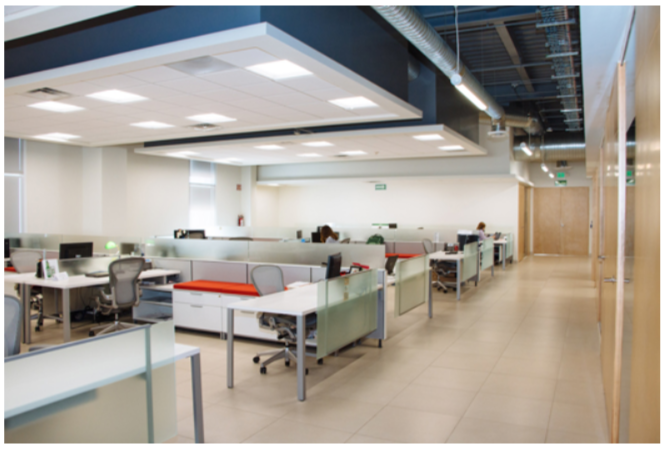
COVID-19, despite months of rumblings that it might be on its way, arrived rather abruptly on our doorstep. Collectively, we shifted from theoretical preparations “in case” and “if” the virus impacted us directly, to many people working from home, a transition that happened within days in some cases. Ready or not, here it came.
Now, just (“just”!) a couple of months later, the next transition is upon us, as the economy reopens and we figure out, industry by industry and company by company, what the new normal will look like. It’s a question on the minds of many, and one my department has spent a fair bit of energy contemplating from our makeshift at-home workstations (check out this CBC article for a peek at mine…kids and various home schooling accoutrements banished for the deception of professional appearances). The short answer is that it is too soon to tell, though there are rumours and rumblings that work-from-home will continue for some people and/or companies (demand for that may come from either end of the equation).
The longer answer is that major recessions usually result in a sea change in how office space is utilised. After the 1990 recession, which coincided to a certain degree with the advent of cell phones and the internet, there was a rise in “telecommuting”, some people working from home, and “hot desking” where different people used the same desk at different times of the day. Cubicles rose in prominence over individual offices (as evidenced by every 90s movie that takes place in an office). Post-2008 recession, the movement was to open concept offices, with bullpen style areas where everyone has a laptop and a cell phone and shares common space and/or works from home part of the time. Each of these shifts, from individual offices to cubicles to bullpens, equates to fewer square feet of office space per employee…which in turn equates to lower costs for companies, for whom office space is often the single largest expense after HR.
The logical next step in the continuum is an increase in employees working from home, with an overall reduction in the amount of office space leased. This could be driven by employees who find they like shedding their commute and are productive at home (and expect to be more so when schools and daycares reopen). It could also be mandated by employers who find that cutting workplace expenses – from rents to coffee supplies – can come without significant detriment to their business model.
There are some companies for whom this is a viable option, but for others, it is not practical. Will confidential meetings between lawyers and clients take place in lawyers’ basement playrooms, or out in public at coffee shops? Unlikely. Further, many industries rely on the sharing of ideas to innovate and problem solve. The benefit of casual conversations and impromptu collaborative meetings is worth the expense of working together in one location. So there will remain demand for professional office space from certain sectors for a variety of sound reasons.
Worth noting, too, is the consideration that the pre-COVID bullpen office set up has significant drawbacks until (unless) a vaccine becomes available: shared space is not practical from a public health perspective, and may redirect those who can’t realistically work from home long term, to shift back to individual offices that ameliorate physical distancing. That is: more square feet of space per employee.
And then the final elephant in the room is the total elimination of demand for office space from companies which do not survive the economic fallout of the pandemic. It is too soon to measure how extensive this will be, but there certainly will be casualties of a recession that may well be deep and prolonged.
So, coming full circle to the short answer: even with lots of companies opting to return to offices, a decline in overall demand for office space is certainly expected, probably over the next couple of years. Because leases are typically signed on 3-5 year terms (or longer), a “shadow” vacancy of leased-but-vacant space could surface first (i.e. space for sublease), though if the original lessees can’t pay, the space is effectively just vacant regardless of any contractual debt on it (distinguished from, for example, a healthy company who chooses to move to a new office building when they still have a year left on their lease). With increasing vacancy, landlords will opt first for rental incentives to entice tenants to their space, and there will be downward pressure on net rental rates. Our June Market Survey is underway now…stay tuned in the coming months for the early indicators of impacts on the market.

Alex Baird Allen is the Manager of Turner Drake’s Economic Intelligence Unit. If you’d like more information on market research or our semi-annual Market Survey, you can reach Alex at 902-429-1811 Ext.323 (HRM), 1-800-567-3033 (toll free), or email
